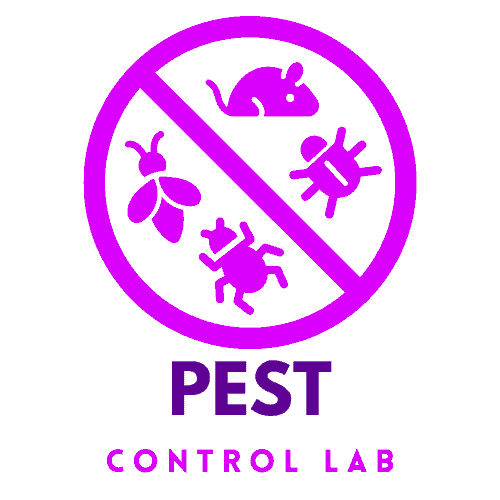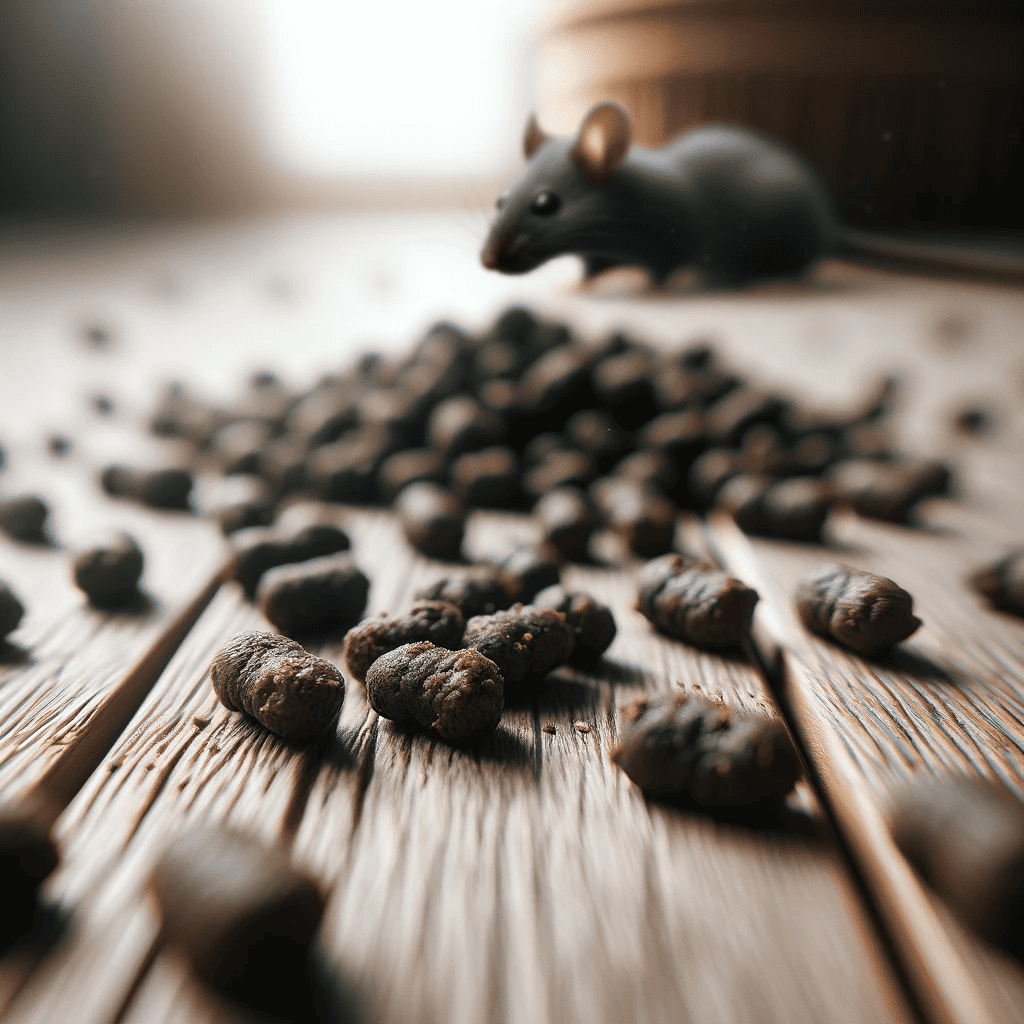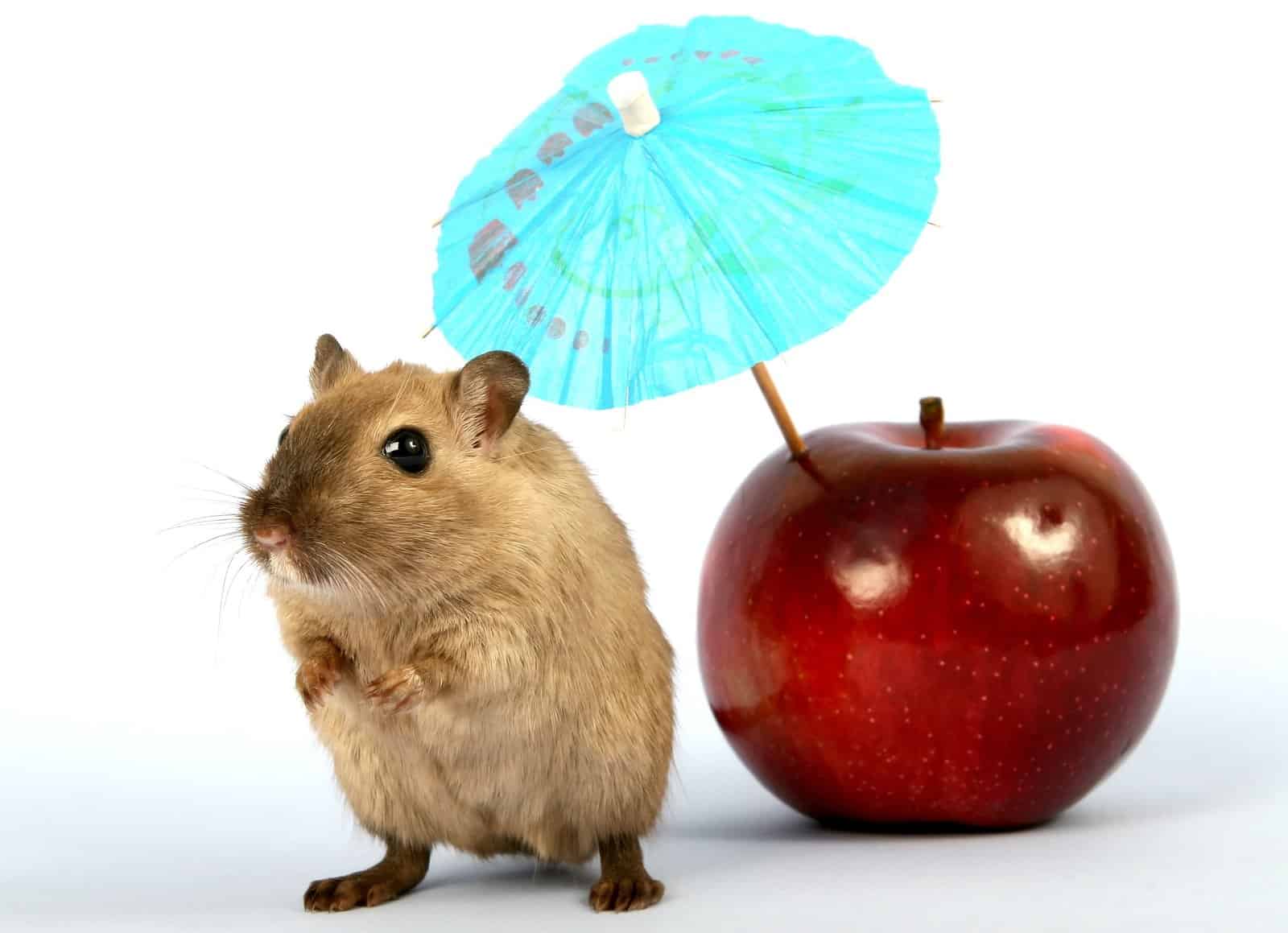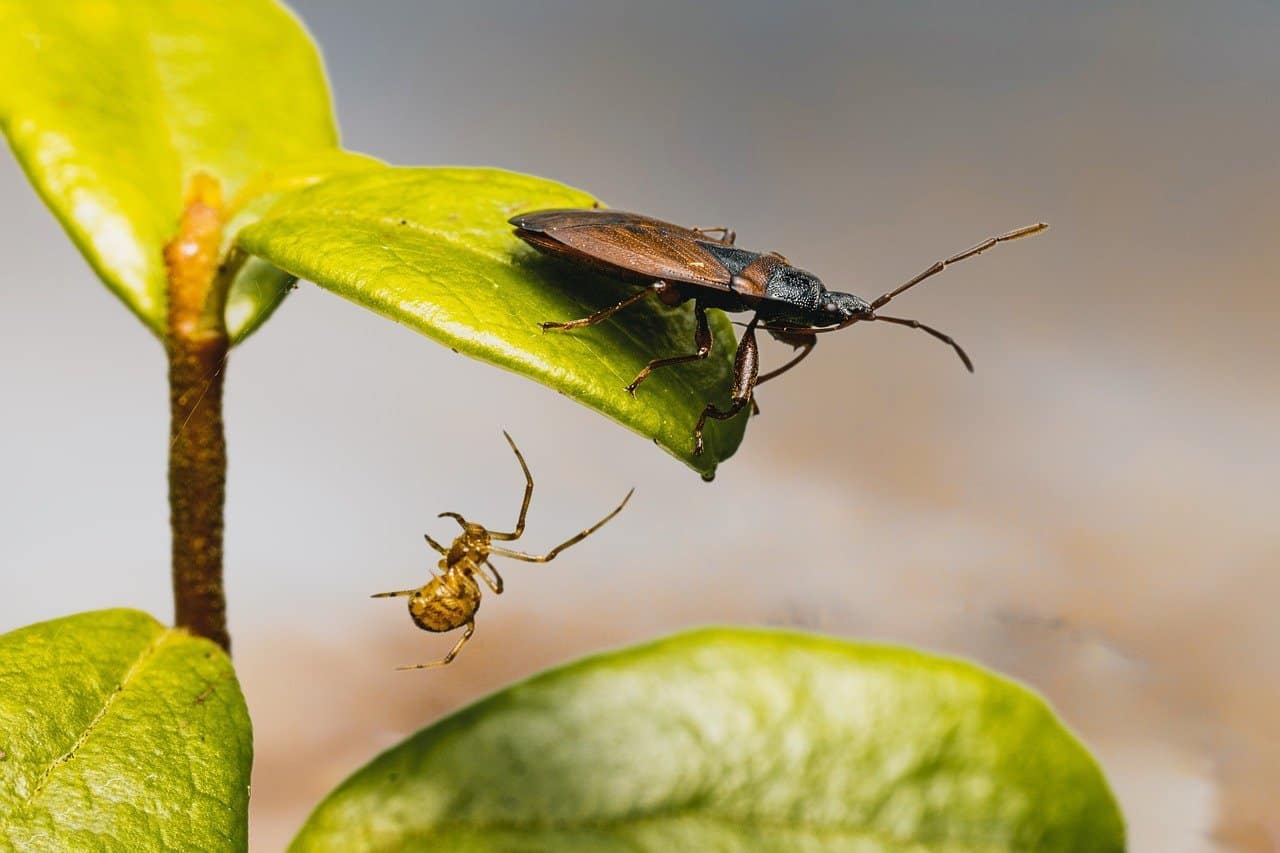Silent Destruction: Gnaw Marks and Their Hidden Impact
Introduction to Pest Infestation
Have you ever wondered if unseen guests are lurking in your home? Pest infestations often go unnoticed until they become a significant problem. Identifying early signs can be the key to preventing a full-blown invasion. This article delves into the subtle yet telltale signs of pest presence, from rodent droppings to gnaw marks. Understanding these indicators is essential for maintaining a healthy, pest-free home. We will explore the common signs of infestation, helping you quickly identify and address these unwelcome intruders.
Pest Droppings: An Undeniable Marker of Pest Infestation
Spotting pest droppings in your home is more than an unpleasant discovery; it’s a crucial indicator of an underlying infestation. These small but significant signs of pest infestation can provide critical insights into the type and extent of the pest problem. Rodent droppings, usually dark and pellet-shaped, are among the most common. Discovering these in your kitchen, near food storage areas, or along walls should raise an immediate red flag.
The location and quantity of these droppings can often indicate where the pests are most active and potentially nesting. For example, finding them in kitchen cabinets suggests that pests target food sources, while droppings in secluded areas like basements or attics might hint at nesting sites.
It’s vital to recognize that pest droppings are more than a nuisance. They pose significant health risks, as they can carry pathogens that cause diseases such as salmonella and hantavirus. This makes timely identification and cleaning of these droppings crucial for maintaining a healthy living environment.
Addressing a pest infestation isn’t just about cleaning up the droppings. It requires a proactive approach to prevent future occurrences. This may involve setting traps, sealing entry points to your home, and ensuring proper food storage. Regular home inspections and cleanliness are vital preventive measures. However, once droppings are spotted, it’s crucial to take immediate and effective action to eliminate the pests responsible.
Recognizing and understanding the implications of pest droppings is a critical step in the early detection and management of pest issues. This knowledge helps maintain hygiene and plays a vital role in safeguarding your health and well-being.
Gnaw Marks: The Silent Damage
Gnaw marks are another silent yet significant indicator of pest infestation. These marks are often the handiwork of rodents, who have an instinct to gnaw on various surfaces to keep their ever-growing teeth in check. You might find these marks on various materials, from wooden furniture to plastic wires and metal pipes.
Identifying gnaw marks can be tricky as they vary in appearance depending on the pest and the gnawed material. For instance, significant, irregular marks might suggest the presence of rats, while smaller, more refined marks could indicate mice. The location of these marks also offers clues; gnawing near the floor or in hidden areas often points to rodents, while marks at higher places could indicate the presence of squirrels or other animals.
The implications of gnaw marks extend beyond mere physical damage. They can lead to electrical hazards if wires are gnawed through and structural damage if the pests are gnawing on support beams or pipes. This hidden damage can long-term impact your home’s safety and integrity.
Monitoring for gnaw marks and addressing them promptly is essential. It includes repairing the damage and preventing pests from entering and nesting in your home. Sealing entry points, maintaining cleanliness, and regular inspections can mitigate the risk of infestation. In cases of significant damage or recurrent signs, seeking professional pest control services becomes vital for a thorough and lasting solution.
Understanding gnaw marks and their implications is critical to the early detection and effective management of pest problems, ensuring the longevity and safety of your home.
Finding Dead Insects: A Subtle Warning
Finding dead insects in your home is a subtle yet telling sign of a potential infestation. This indicator is often overlooked, as dead insects can be seen as a solitary occurrence rather than a sign of a more significant problem. However, frequent sightings of bugs killed, especially in some regions of your home, can indicate an active infestation.
Insects such as ants, cockroaches, and beetles often leave behind dead members of their colony or group. This can happen due to natural lifecycle processes or as a result of coming into contact with insecticides. If you’re consistently finding dead insects, particularly in areas like basements, kitchens, or bathrooms, it’s worth investigating further.
The type and number of dead insects can give insights into the species infesting your home and the possible extent of the infestation. For instance, many dead ants might suggest a colony nearby, while finding various types of insects killed could indicate a broader issue affecting multiple areas of your home.
Addressing this sign involves thorough cleaning and potentially using insecticides. However, it’s crucial to identify and tackle the root cause, such as sealing entry points and eliminating food and water sources that attract these pests. Regular inspections and cleanliness are critical preventive measures. In cases of persistent problems or large numbers of dead insects, consulting a pest control professional for a more comprehensive approach might be necessary.
Recognizing the importance of finding dead insects and understanding their implications helps in early detection and effective management of pest issues, contributing to a cleaner and healthier living environment.

Visible Damage: The Obvious Clues
Visible damage, such as chewed food packaging or holes in walls, is one of the most overt signs of a pest infestation. This type of damage not only signifies the presence of pests but also highlights the extent of their impact on your household. Chewed packaging, particularly food items, is a classic sign of rodents looking for food sources. These marks are often found on boxes, bags, and rigid plastic containers.
Holes in walls or floorboards are another clear indicator, suggesting that pests like rodents or termites are present. Rodents often create small, round holes as entry and exit points, while termites cause more subtle yet extensive damage, compromising the structural integrity of your home.
This visible damage is more than just a cosmetic issue. If wiring is compromised, it can lead to food contamination, structural weaknesses, and even electrical hazards. Identifying and addressing these signs early can prevent more significant problems.
Mitigating this type of damage involves not just repairs but also addressing the root cause of the infestation. This might include sealing entry points, storing food in secure containers, and maintaining a clean and clutter-free environment to deter pests. Regular home inspections are crucial in identifying potential problem areas before they escalate.
It’s advisable to consult professional pest control services for severe or recurring damage. They can provide a comprehensive assessment and tailored solutions to tackle the pest problem effectively and prevent future occurrences.
Understanding and addressing visible damage caused by pests is vital for maintaining your home‘s safety, cleanliness, and integrity.

Conclusion
In conclusion, recognizing the signs of pest infestation is crucial in safeguarding your home. From the subtle hints of pest droppings and dead insects to overt signs like gnaw marks and visible damage, each clue is a call to action. Prompt identification and response can prevent minor issues from becoming significant infestations. Regular inspections, cleanliness, and proactive measures are critical. Remember, a pest-free home is more comfortable, healthier, and safer. Stay vigilant, and don’t hesitate to seek professional help if the situation demands it.


















